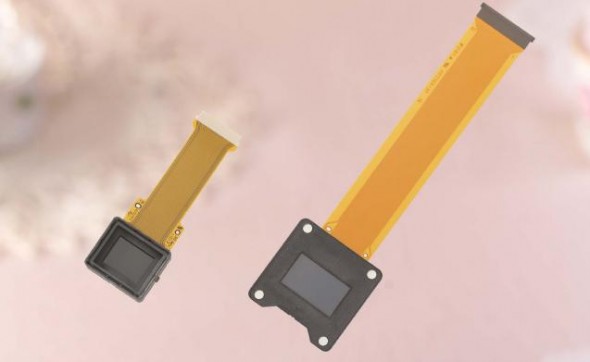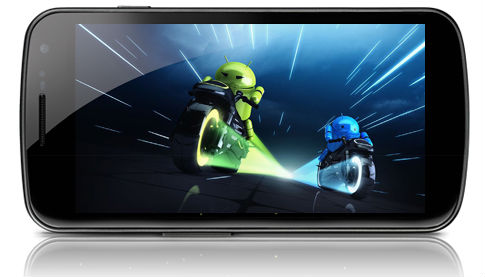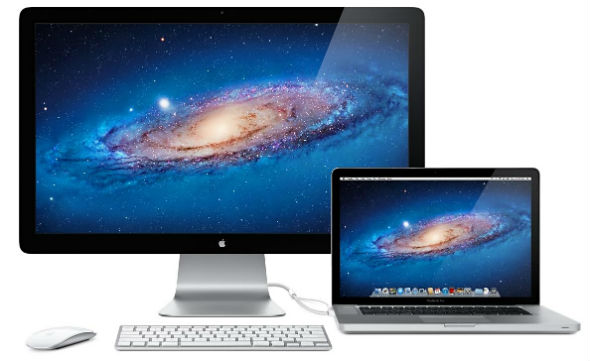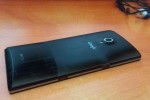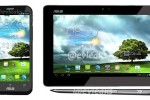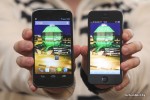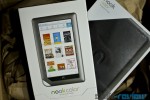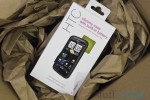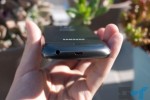Display shootout: HTC One X vs. Galaxy Nexus (vs. iPad 3) screen comparison
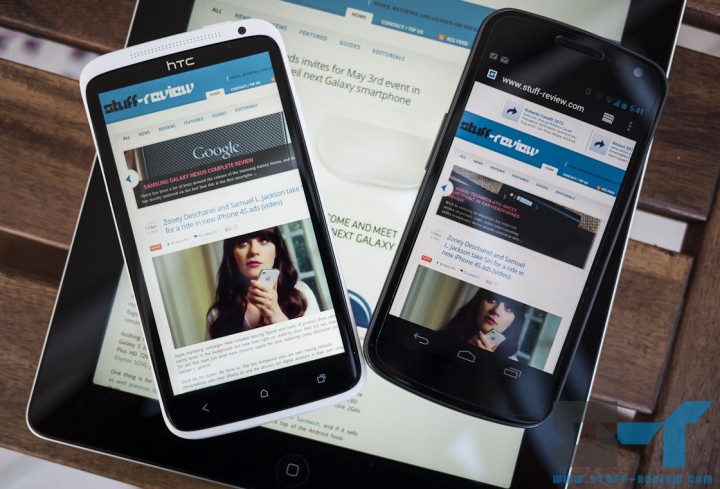
The two hottest Android smartphones right now are the new 4.7-inch HTC One X and the incumbent 4.65-inch Galaxy Nexus that we have reviewed in-depth here. A key hardware distinction between the two is the use of different display technologies. Both have a 720p resolution, but the Samsung Galaxy Nexus features a PenTile Matrix Super AMOLED display while the HTC One X has a standard RGB Super IPS LCD2 screen. You can read more about the differences between Samsung’s PenTile Matrix technology and standard RGB here.
Now, we can easily argue that the display is probably the single most important hardware feature of any mobile device so we’ll be taking an in-depth look between the two Android smartphones. We also have a 3rd generation iPad handy with its amazingly sharp and most importantly color accurate display, so we’ll occasionally be throwing it in our comparison for good measure.
continue reading




